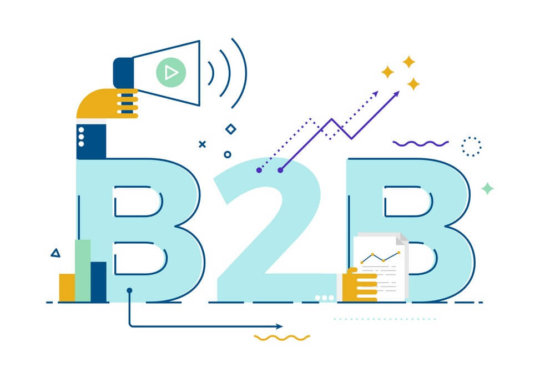If you are thinking about a career as a web designer or web developer, there are some things you should know about the concepts. Even though they share some similarities in terms, they have subtle differences that make them unique. This article will discuss their differences, roles, and how you can choose between them.
Web Development vs. Web Design: The Differences
The main difference between developers and designers is that developers focus primarily on technical aspects, like coding and programming. Designers are responsible for the conceptual and visual work necessary to create a solid UI and UX. In contrast to designers who emphasize appearance and usability, developers emphasize structure and functionality.
Web Designer: This graphic artist designs website layout, functionality, and visual appeal. Web designers are skilled in creative, graphic, and technical areas.
Web Developer: These developers create and maintain the core structure of a website. Web developers are responsible for converting the web design into a functioning website using PHP, HTML, JavaScript, and Python via specific web development services.
Read more: Web Development vs. Web Design: The Differences You Need to Know
https://www.startupguys.net/web-development-vs-web-design/









